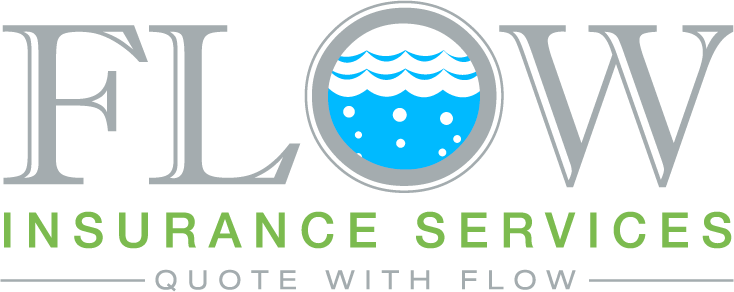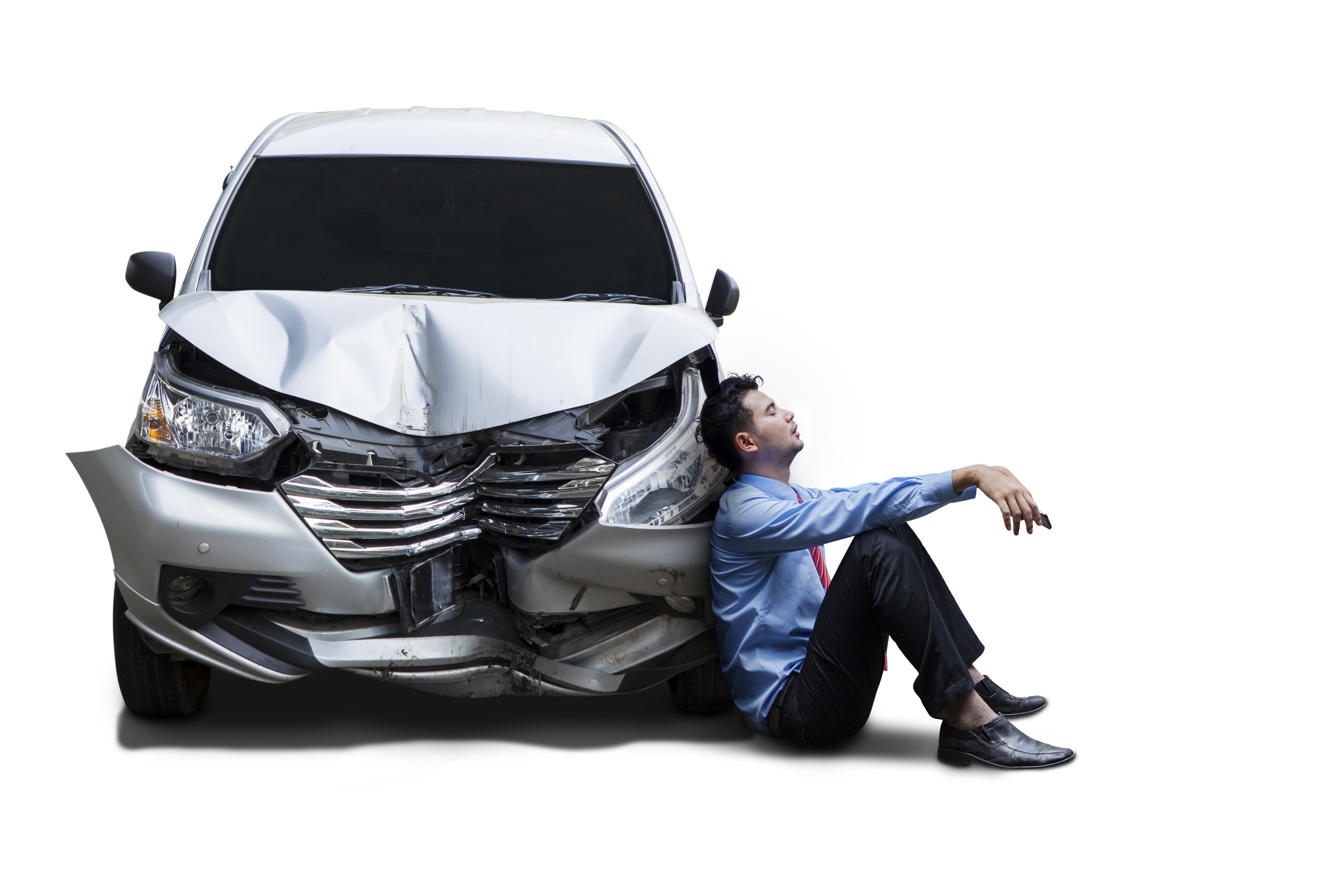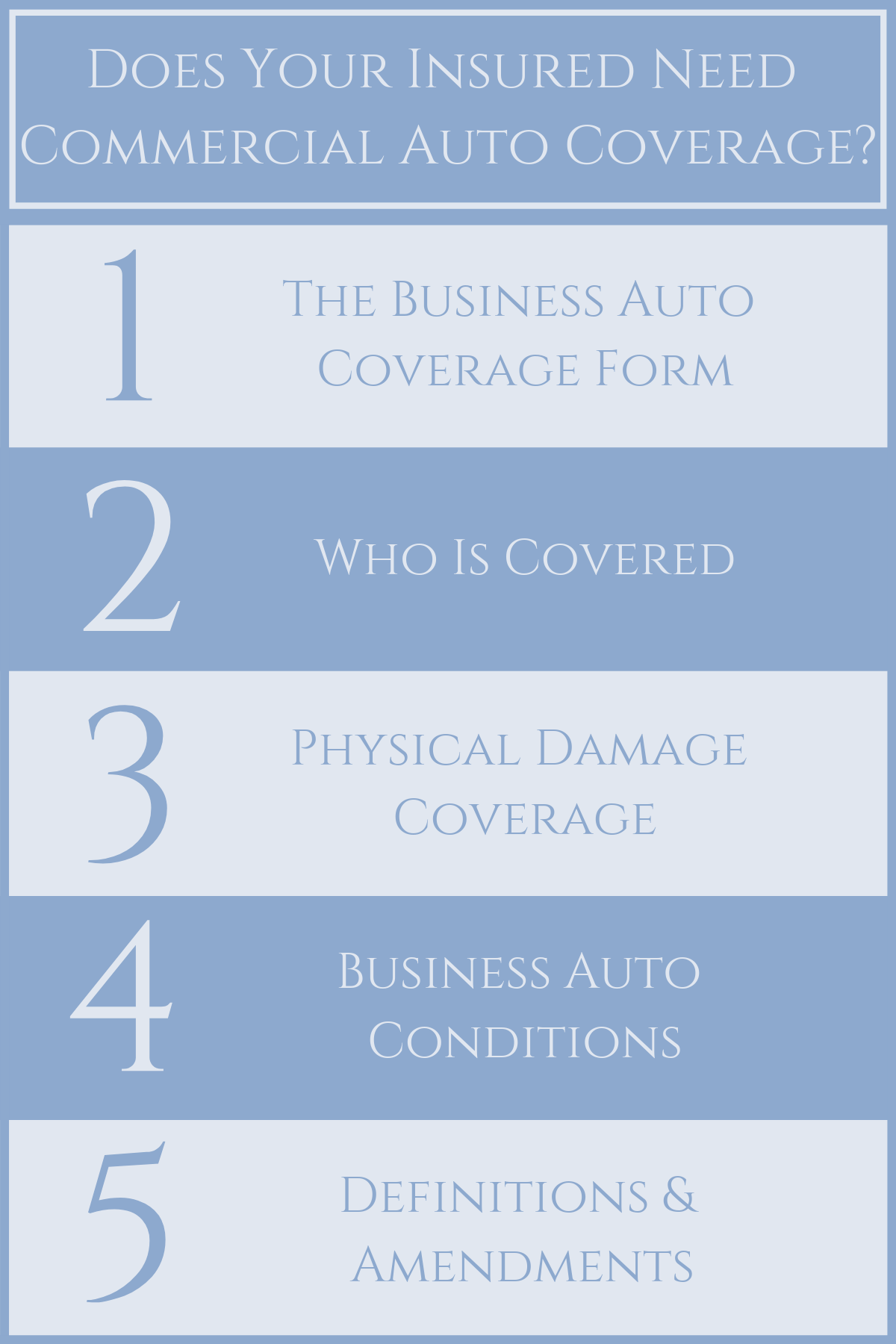26 Feb Does Your Insured Need Commercial Auto Coverage?

855-368-5502
Does Your Insured Need Commercial Auto Coverage?
By: Adam M. Matheny
If your insured uses cars as a regular part of their business, it is crucial that you educate them in commercial auto coverage. This type of insurance coverage protects your business financially in the event your company is named in a lawsuit resulting from an accident resulting in property damage or injury. It will also cover the cost of repairing any damage to your vehicles. Personal insurance policies do not cover business use; they cover private use only.
The majority of business auto insurance providers use standard ISO forms to issue a Business Auto Policy. In legal terms, the word policy is used in place of contract, but both imply the same thing. This form is used because of its versatility. It can be used for any size business in many different industries. Others have their own custom forms or use a mix of both.
The Business Auto Coverage Form
The Business Auto Coverage Form is the main form used and consists of five sections:
- – Covered Autos: An explanation of what the term “covered autos” means, which is essentially that each covered vehicle is one that you have paid a premium to insure. The BAP makes use of the numbers 1 through 19 to designate each type of auto.
On the declarations page is a list of vehicles protected under each type of coverage using the numerical symbols to identify them.
- – Liability Coverage: Covers you and your company in the event a third-party file a claim resulting from damage caused by one of your vehicles whether you own them, lease them or were using vehicles you do not own.
Even if your company doesn’t own any vehicles, you might still need liability coverage if you use rental vehicles or employee-owned vehicles. Liability coverage has your back if any of these types of vehicles are involved in an accident while engaged in business use for your company.
Who is covered?
“You” – the person or company listed on the declarations page.
“Permissive Users” – Anyone besides you who is authorized to be driving a vehicle owned, rented, or borrowed for use in the conduct of your business.
“Omnibus Insured” – Anyone who could be held responsible for your actions or those of a permissive user that results in an accident.
You as the named person or company are given the most protection whether or not you were the one driving the vehicle at the time of the accident. This broad coverage is crucial as you are liable for the actions of your employees.
However, if you, any partners, or your employees are driving their own vehicles, they are not considered insureds. Thanks to the omnibus clause anyone who could possibly be held vicariously liable is automatically covered, eliminating the need additional insured endorsements. Do keep in mind that there are exceptions to what is covered under a commercial auto liability insurance policy. These exclusions are outlined in the appropriate section of the coverage page.

Physical Damage Coverage
Unlike liability coverage that covers the other person and their vehicle, physical damage coverage is for your vehicle. It is considered first-party coverage, whereas liability coverage is considered third-party coverage.
The BAP offers three different forms of physical damage coverage:
- Comprehensive – provides coverage for any losses to a covered vehicle for damages other than those caused by and rollover or collision with another object. Coverages include hail damage, theft, and vandalism.
- Specific Causes of Loss – provides coverage for six specific types of loss and is less expensive than full comprehensive coverage.
- Collision – provides coverage for accidents including rollover or collision with another object.
Business Auto Conditions
Section one covers what your responsibilities under the policy in the event of an accident, loss, and subsequent claims and how they are paid. Section two explains the coverage territory and how your policy applies if you have other insurance.
Definitions & Amendments
The final section has a glossary of terms and definitions to help you better understand the forms.
Section III – Any Extra Coverages and Amendments
These include:
Uninsured Motorist and Underinsured Motorist
These coverages are designed to pay for any damages to your vehicle and injuries to those driving your vehicles when the at-fault party does not have liability coverage or lacks sufficient coverage. In some states these coverages are mandatory.
No-Fault
Covers medical expenses incurred by covered drivers and any passengers as required by each state’s laws. It is mandatory in some states.
Auto Medical Payments
Covers the medical expenses of any covered driver or passengers who are not employees but are in a covered auto. This coverage is optional.
You may have to buy separate UM/UIM endorsement in each state you company operate in. You may also have to buy separate no-fault policies in any state that has no-fault laws.
Amendments
ISO offers a wide range of endorsements you can use to modify your coverages under your BAP. For example:
Employees being listed as insured – adds liability coverage for employees who are driving non-owned vehicles such as their personal vehicles.
Employee rented vehicles – adds liability coverage for employees who are driving vehicles rented in their name rather than in the company’s name.
Fellow employee coverage – removes the “fellow employee:” exclusion under your liability coverage.
These are only a small sample of the many amendments that can be added to your ISO automobile policy. They typically include enhancements to both physical and liability damage coverages and make an excellent way to obtain group coverage at affordable rates.

